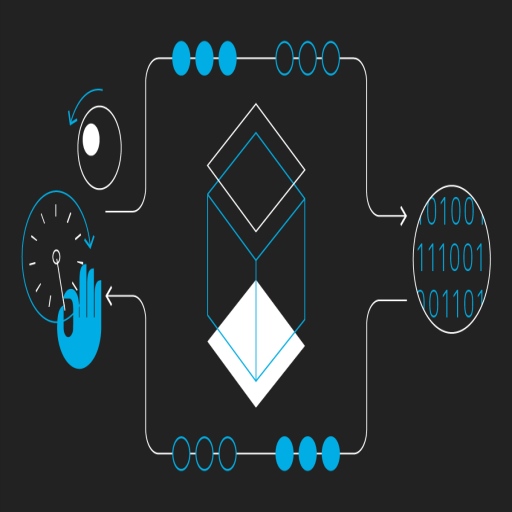A software development cycle is a process that software developers often use to create, maintain, and improve their code. And the cycle time in software development refers to the amount of time taken from committing to its production release. In simpler words, it is the measure of time from the start of the work to the end or delivery of the work. It is an important metric used in the software development process and is often used in the performance evaluation of a project.
This article talks about the different phases of a software development cycle after project discovery phase.
-
Coding time
This is the time taken to write code. It is the most important phase as it helps create products and applications from scratch. This step usually involves writing new code or re-factoring old code. During this time, user stories are written, designed, blueprinted, and assigned. The design of database architecture and APIs is done during this step. Coding time varies depending on different factors like project size, coding standards to be followed, technologies used, etc.
-
Pickup time
This is the time taken to pick up the latest code and start working with it. And it takes usually between 20% to 30% of coding time. During this time, developers finalize the features to be implemented, the technologies used, and the programming languages. And it also includes documenting code. After this time, developers start working on the code and once the coding is completed, they start working on testing and debugging.
-
Deploy time
It is the time taken to deploy software applications and systems to the production environment after it has been coded and tested. This phase is also known as gold release. Deploy time also includes clean up of the developer environment. This is a time-consuming step as developers have to coordinate with teams located at different locations.
-
Review time
This is the time taken to review the code and fix all bugs. Review time usually varies between 5% to 10% of coding time, depending upon factors like the number of defects, network connectivity, size of the project, etc. If a project has more defects, then it takes longer for the testing team to find and fix them than when there is only a small number of errors in a project.

